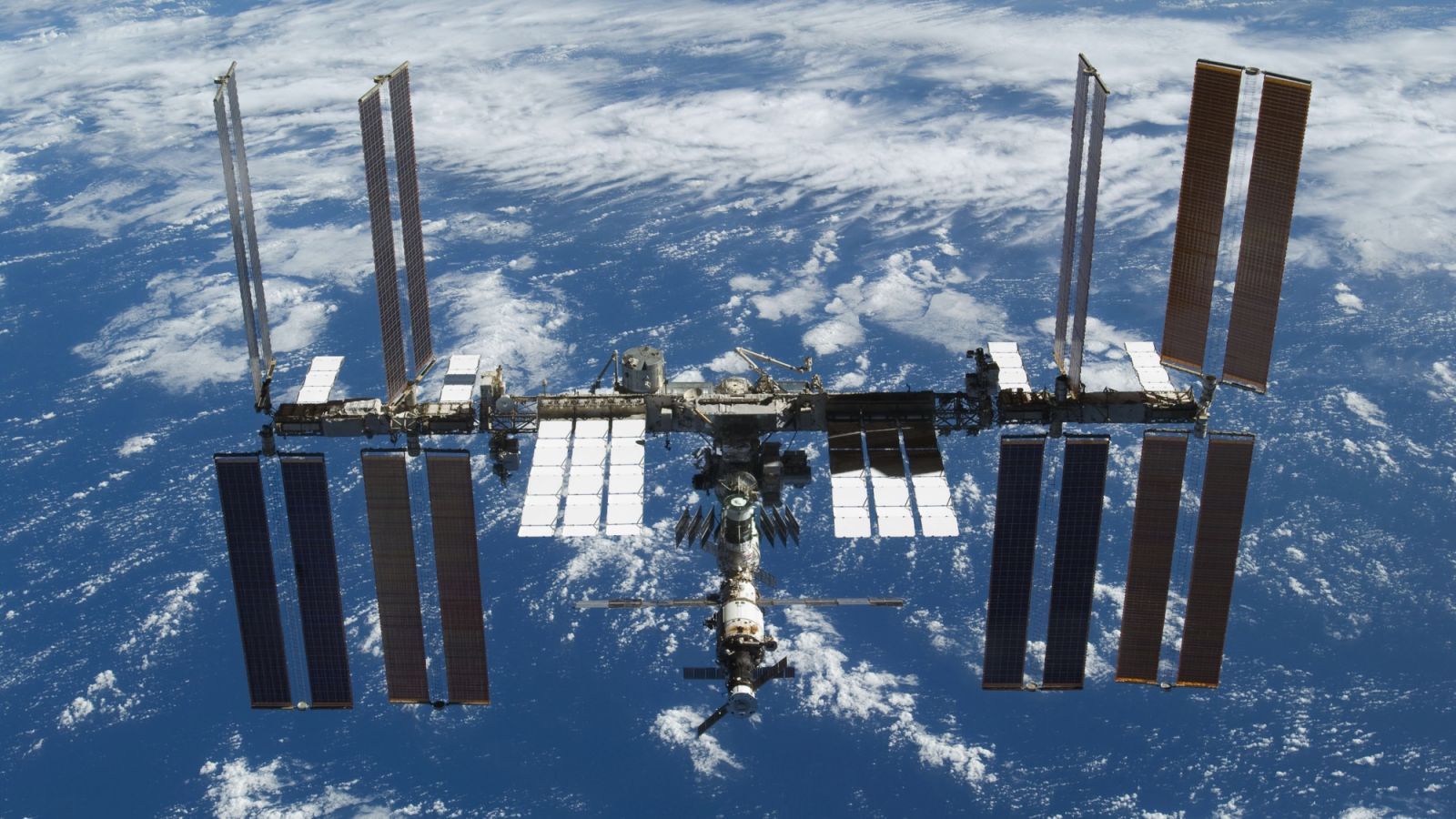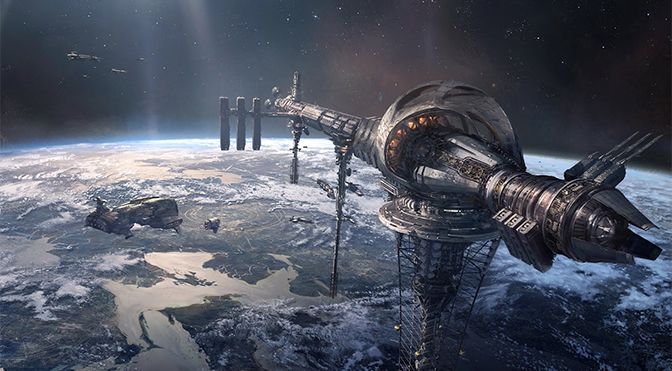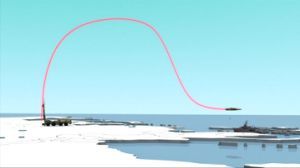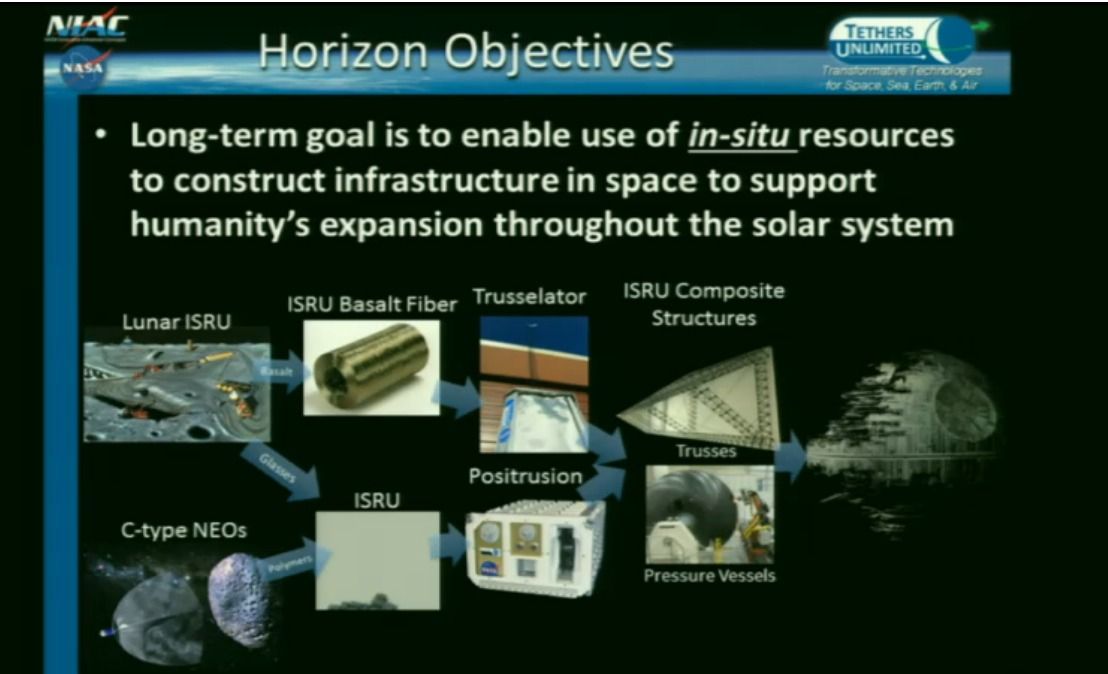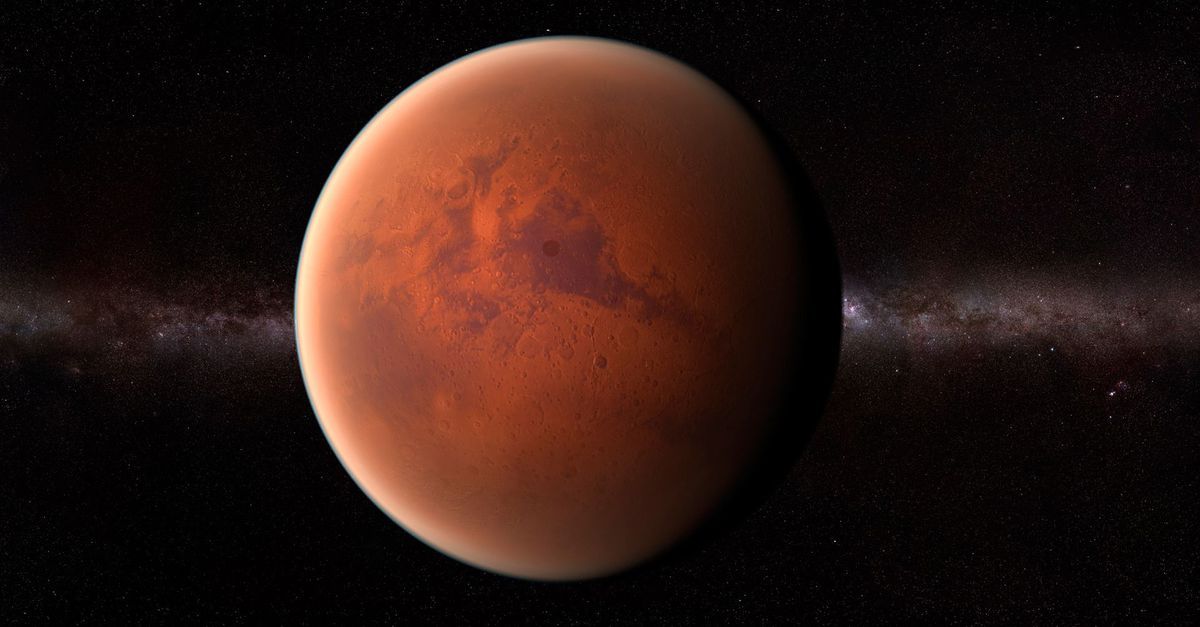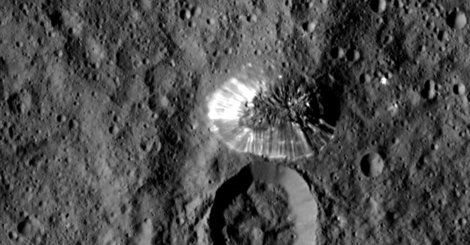Archive for the ‘space’ category: Page 981
Sep 2, 2015
60,000 miles up: Space elevator could be built
Posted by Sean Brazell in category: space
A new international report lays out the challenges to building Earth’s next great mega-project — and they’re more surmountable than you think.
Sep 2, 2015
20 kilometer high space elevator tower planned
Posted by Sean Brazell in categories: energy, space
By Jim and Drury Ambitious plans to build a twenty kilometer (12.4 miles) tall space elevator tower have been announced by a Canadian space technology firm. Although this distance is a mere fraction of that reached in space missions, Thoth Technology says its ThothX Tower will make a major cost reduction in space flights by helping navigate the difficult first 50 kilometers (31 miles) of travel that traditionally requires rockets. In addition to needing to carry sufficient fuel to get a payload into orbit, they need extra fuel in order to carry the required fuel to reach that point in the first place. Despite first being proposed more than a century ago, the idea of a space elevator has always appeared fanciful. Thoth Technology has been granted a United States (US) patent for the elevator, which is pneumatically pressurized and actively-guided over its base.
Sep 1, 2015
NASA developing megawatt solar power arrays and will be used with solar electric propulsion
Posted by Shailesh Prasad in categories: engineering, solar power, space, sustainability
.
NASA Glenn Research Center, GRC, currently has several programs to advance near-term photovoltaic array development. One project is to design, build, and test two 20 kW-sized deployable solar arrays, bringing them to technology readiness level (TRL) 5, and through analysis show that they should be extensible to 300 kW-class systems (150 kw per wing). These solar arrays are approximately 1500 square meters in total area which is about an order-of-magnitude larger than the 160 square meters solar array blankets on the International Space Station (ISS).
The ISS has the four (pair) sets of solar arrays that can generate 84 to 120 kilowatts of electricity. Each of the eight solar arrays is 112 feet long by 39 feet wide and weighs 2400 pounds. There were space missions involving astronauts working in space to install and deploy the ISS solar panels.
Aug 31, 2015
Double black hole is powering quasar, astronomers find
Posted by Sean Brazell in categories: cosmology, space
Astronomers have discovered a galaxy is being powered by a quasar that contains two black holes whirling about each other.
Aug 29, 2015
Boeing’s new laser canon can destroy drones in mid-flight
Posted by Shailesh Prasad in categories: drones, habitats, military, space
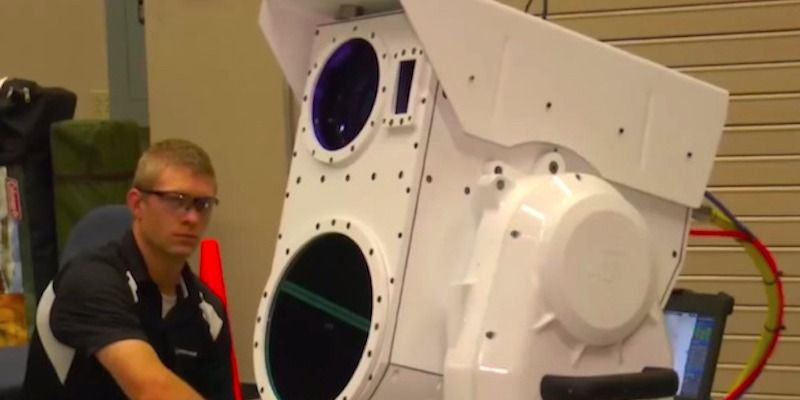
Drones are everywhere these days. They’re at your local park, they’re in the ocean, they’re hovering over the White House lawn, and they may even be hovering overhead armed with tear gas.
In a world that’s becoming increasingly drone friendly, there are some serious safety considerations that shouldn’t be ignored.
Continue reading “Boeing's new laser canon can destroy drones in mid-flight” »
Aug 28, 2015
Terminator-style ‘skin’ quickly repairs itself after a gunshot | New Scientist
Posted by Shailesh Prasad in categories: habitats, materials, space
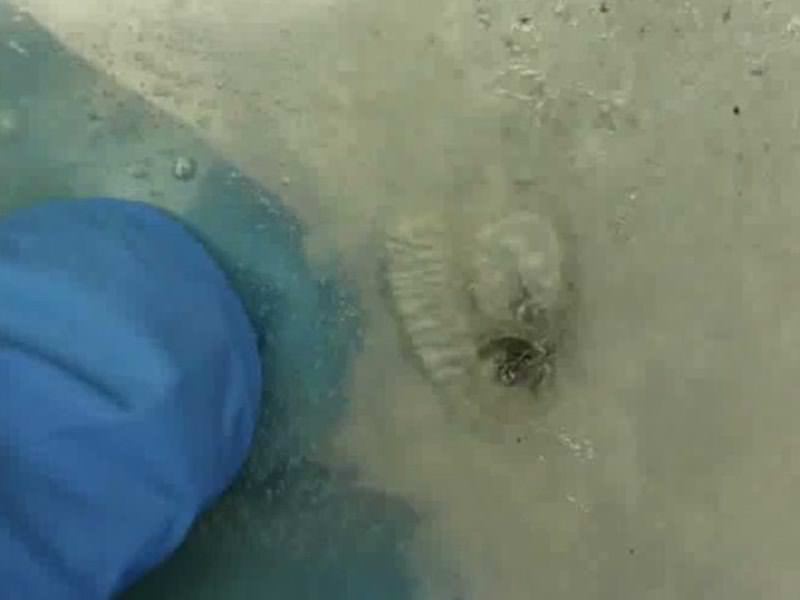
Other self-healing plastics exist, but they take much longer to repair themselves. The ability to instantly plug holes could be especially useful to protect structures in space, where flying objects can puncture spacecraft or orbiting habitats. The plastic could be incorporated into their walls, creating a seal if the atmosphere inside a vessel starts to leak out, putting astronauts at risk.
Other fabrics take a different approach: stopping projectiles altogether. A futuristic tissue combining human skin cells with spider silk can cushion a gunshot when fired at half speed. Pure graphene, which is made up of layers of carbon one-atom thick, is being investigated for use in bulletproof armour because it can handle blows better than steel.
Continue reading “Terminator-style 'skin' quickly repairs itself after a gunshot | New Scientist” »
Aug 28, 2015
Say it ain’t so: 6 Mars hoaxes you keep falling for
Posted by Sean Brazell in category: space
Aug 25, 2015
Ceres’ Four-Mile Tall ‘Pyramid’ Is Closer Than Ever, Still Puzzling
Posted by Sean Brazell in category: space
The closer we get to Ceres, the largest object in our solar system’s asteroid belt, the stranger it becomes.
In June, NASA released a photo of Ceres, taken by the Dawn spacecraft from 2,700 miles away, that showed a several-mile high “pyramid” protruding from the dwarf planet’s otherwise generally smooth surface. And a new photo, taken last Wednesday from only 900 miles away, shows the mountain is four miles high and has a perimeter of previously unseen, reflective streaked slopes.
Aug 24, 2015
Laniakea is made up of about 100,000 galaxies with a total mass about 100 million billion times that of the sun
Posted by Shailesh Prasad in category: space
Laniakea is made up of about 100,000 galaxies with a total mass about 100 million billion times that of the sun.
Image via Beyond Our Sight.
